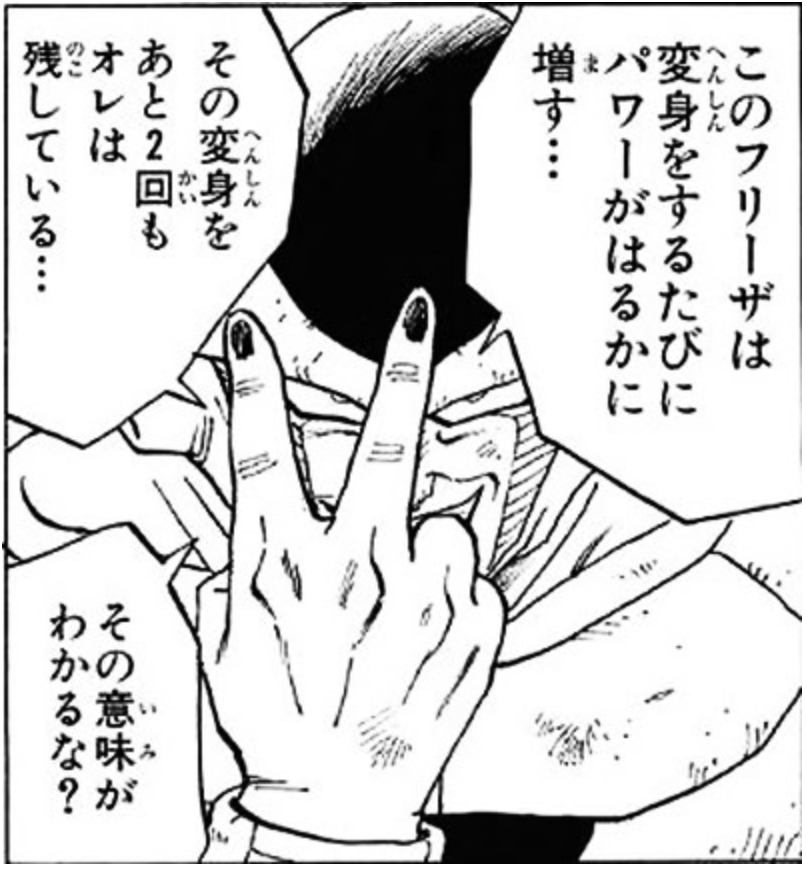I was in the Japan Times last week with a confession of my love for Higashimura Akiko: “Look for love to overcome Japanese-language study difficulties.”
My obsession with her podcast 身も蓋もナイト has grown to dangerous levels, limited only by the limitations on the back log of episodes – for whatever reason Higashimura Productions caps the number of past episodes displayed on apps to 10. You can find past episodes on YouTube and their website.
I was a little sad that the staff at the JT decided to cut one word that I tried to introduce – スタッフ笑い (staffu warai, staff laugh track). I wondered whether there was a Japanese word for this, and I found this write-up over at the Wikpedia page for 録音笑い (rokuon warai, laugh track):
珍奇なところでは、平成初期のコント番組に盛んに使われた「スタッフ笑い」と呼ばれる音声がある。これは比較的少人数の男性の笑いを、こもり気味の音響で録音するもので、撮影スタジオで演じられるコントに対して、現場の製作スタッフが失笑しているように見せるものである。バラエティ番組では現在でも無観客のシーンでスタッフ笑いが多用されている。
You see it a lot on Japanese variety shows, my favorite of which was 99’s Mecha-ike. Sometimes you even saw Yabe providing some of this laughter (and excellent hype man clapping) on screen in addition to the staff off screen.
—
Once I decided to write on this topic I started hoarding episodes because I wanted to be able to transcribe any interesting phrases. I then went on to binge a bunch over a weekend and type up far more than I was actually able to use (1,700 words, to be exact…and the JT columns are supposed to be 800 lol). This was good language practice, though, I think.
Here are some of the favorite things I noticed:
Episode 78
Daniel McCalla (of H2J Podcast infame) was featured in one of the opening sessions! Apparently I’m not the only person he’s recommended Akiko-sensei’s podcast to—the staff translated a conversation on Twitter where he recommends the pod. Hear her read out Daniel’s tweets and give him a super sweet shout out! This is classic Akiko-sensei and
Episode 114
ラスイチ (rasuichi, last one) – This is a fun phrase I’d never heard before! It came in the segment 俺が言わねば (ore ga iwaneba, “I’ve gotta say this”), which is hilarious. The comedian Ninoniino-san gets angry in place of Japanese listeners, whom he jokes are too passive to get angry and blow off the steam they need to. This phrase comes up when listener Yoppei-san says it’s frustrating when people in the office won’t eat the last snack item left out.
Episode 117
This is definitely worth a listen – very funny to hear Akiko and team go through the potential nicknames for listeners. They end up settling on オス蓋 and メス蓋.
Episode 119
Once I finished my binge, I noticed that there hadn’t been any new episodes in December and none in January. I was able to figure out via Twitter that they were taking a short hiatus, and episodes started up again in late January. This first episode of the year had an interesting call from a woman whose boyfriend is an aspiring writer. She asked him what they should do for New Year’s Eve, and he said he wanted to spend it alone writing. Akiko’s advice was right on and enlightening: 遊んで吸収できる人しか面白い小説書けないですよ (Asonde kyūshū dekiru hito shika omoshiroi shōsetu kakenai desu yo, Only people who can have fun and absorb things will be able to write interesting fiction).
It’s an interesting take, and important for those of us prone to stay indoors writing to remember to get out a bit and interact with the world every now and then.






